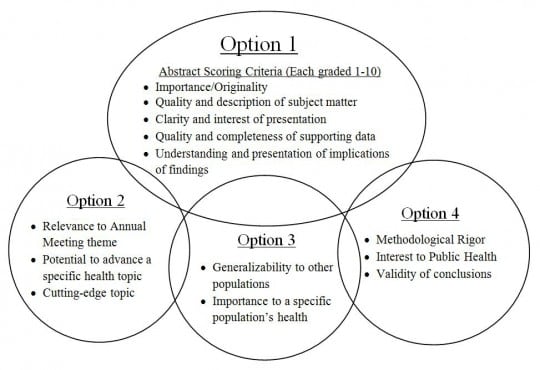Population Health Research Design
Population Health Research Design
Consolidating Emergency Department-specific Data to Enable Linkage with Large Administrative Datasets
Westjem Read More
Population Health Research Design
Universal Screening for Hepatitis C Virus in the ED Using a Best Practice Advisory
Westjem Read More
Population Health Research Design
Emergency Medicine Influencers’ Twitter Use During the COVID-19 Pandemic: A Mixed-methods Analysis
Westjem Read More
Population Health Research Design
Enroller Experience and Parental Familiarity of Disease Influence Participation in a Pediatric Trial
Westjem Read More
Population Health Research Design
Quality and Publication of Emergency Medicine Trials Registered in ClinicalTrials.gov
Westjem Read More
Population Health Research Design
Federal Funding in Emergency Medicine: Demographics and Perspectives of Awardees
Westjem Read More
Population Health Research Design
Undocumented Patients in the Emergency Department: Challenges and Opportunities
Westjem Read More
Population Health Research Design
Potential of Mobile Health Technology to Reduce Health Disparities in Underserved Communities
Westjem Read More
Population Health Research Design
Techniques to Shorten a Screening Tool for Emergency Department Patients
Westjem Read More
Population Health Research Design
Access to Top-Cited Emergency Care Articles (Published Between 2012 and 2016) Without Subscription
Westjem Read More
Population Health Research Design
Understanding the Use of Composite Endpoints in Clinical Trials
Westjem Read More
Population Health Research Design
Understanding the Intention-to-treat Principle in Randomized Controlled Trials
Westjem Read More
Population Health Research Design
Sex as a Biological Variable in Emergency Medicine Research and Clinical Practice: A Brief Narrative Review
Westjem Read More
Population Health Research Design
Factors Influencing Participation in Clinical Trials: Emergency Medicine vs. Other Specialties
Westjem Read More
Population Health Research Design
Getting Found: Indexing and the Independent Open Access Journal
Westjem Read More
Population Health Research Design
Authorship Trends of Emergency Medicine Publications over the Last Two Decades
Westjem Read More
Population Health Research Design
Validation of ICD-9 Codes for Stable Miscarriage in the Emergency Department
Westjem Read More
Population Health Research Design
How do Medical Societies Select Science for Conference Presentation? How Should They?
Westjem Read More
Population Health Research Design
Feasibility of Tablet Computer Screening for Opioid Abuse in the Emergency Department
Westjem Read More
Discourse in Emergency Medicine and Population Health
In Response to “Temperature and Violent Crime in Dallas, Texas: Relationships and Implications of Climate Change”
WestJEM Read More
Population Health Research Design




